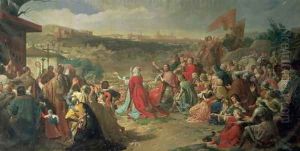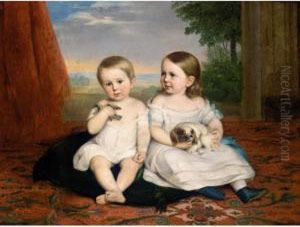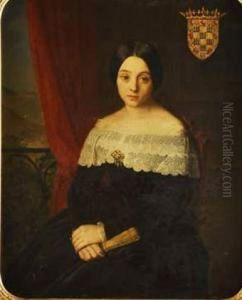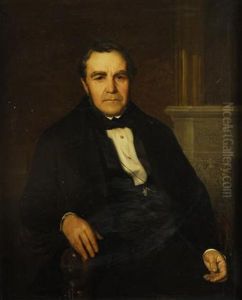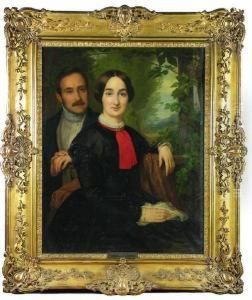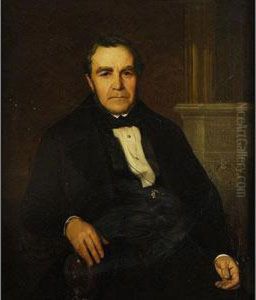Carlos Luis Ribera y Fieve Paintings
Carlos Luis de Ribera y Fieve was a Spanish painter who was born on August 24, 1815, in Madrid. He was the son of the neoclassical painter Juan Antonio Ribera. Growing up in an artistic environment, Carlos developed an interest in the arts from an early age. He began his formal art education under the tutelage of his father, who was a respected artist and a professor at the Royal Academy of Fine Arts of San Fernando in Madrid.
Ribera's style was influenced by the academic and neoclassical traditions of the time, but he also exhibited a certain romantic sensibility in his work. He is particularly known for his historical and genre paintings, although he also produced a number of portraits and landscapes. His paintings often reflect a keen attention to detail and a profound interest in capturing the drama of historical events, as well as the subtleties of light and shadow.
During his career, Carlos Luis de Ribera y Fieve gained a respectable reputation in the Spanish art world. He participated in various national exhibitions and received several awards for his work. Despite the quality and recognition of Ribera's paintings, he did not achieve the same level of fame as some of his contemporaries, such as Federico de Madrazo or Eduardo Rosales.
Carlos Luis de Ribera y Fieve died on January 6, 1891, in Madrid. While not as widely known today as some of his peers, his works are still appreciated by art historians and collectors for their technical skill and historical interest. They can be found in museum collections and as part of exhibitions focusing on 19th-century Spanish art.
